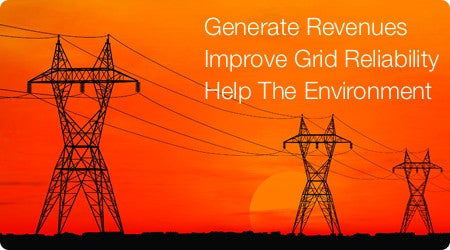The Texas Public Utilities Commission (PUC) has, yet again, kicked the can down the road on securing reliable energy to power the state’s growing population. The PUC, the state agency charged with managing electricity rates, meets to securely plan for the future, yet they continue to delay planning meetings. This will benefit no one in the short or long-run. To secure reliable power and safeguard against threats of blackouts, the PUC needs to keep pace with the times and leverage technologies that require little to no water, generate negligible carbon emissions, and can respond to the call for electricity.
Last week, the PUC decided to postpone indefinitely an important meeting, originally scheduled for May, to discuss Texas’ recent blackout scares. The PUC has been in a heated debate over Texas’ electricity market structure, and in the midst of backlash from stakeholders, they have decided to push the decision onto the Legislature in 2015. This is not necessarily in the best interest of the state. Texans were asked to conserve energy several times this winter after colder temperatures forced heating units to ramp up. This request to turn down thermostats for threat of rolling blackouts came at the same time the state power grid operator assured Texans that reliability is on the upswing. But it’s time Texas faces the facts. Read More













